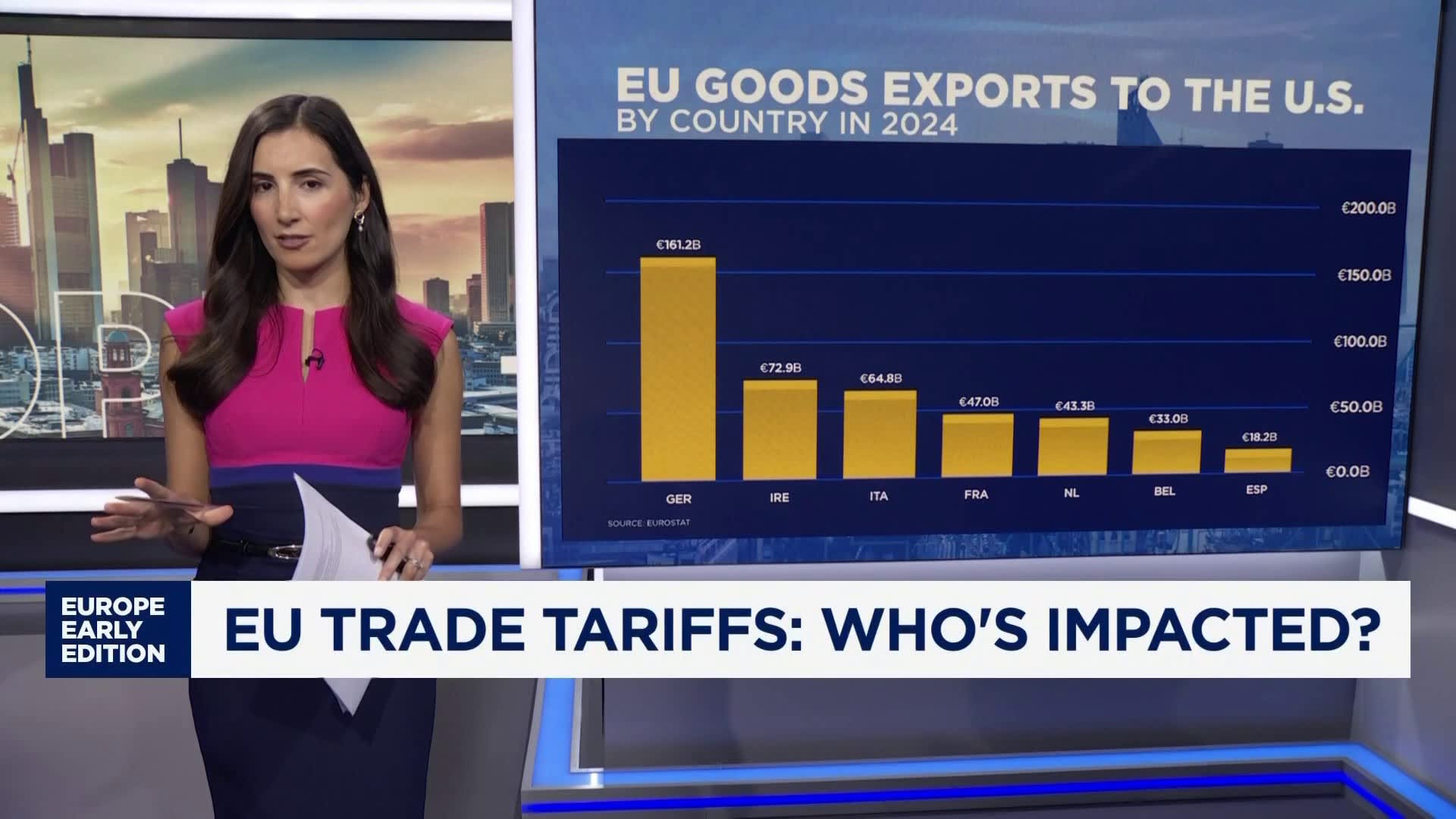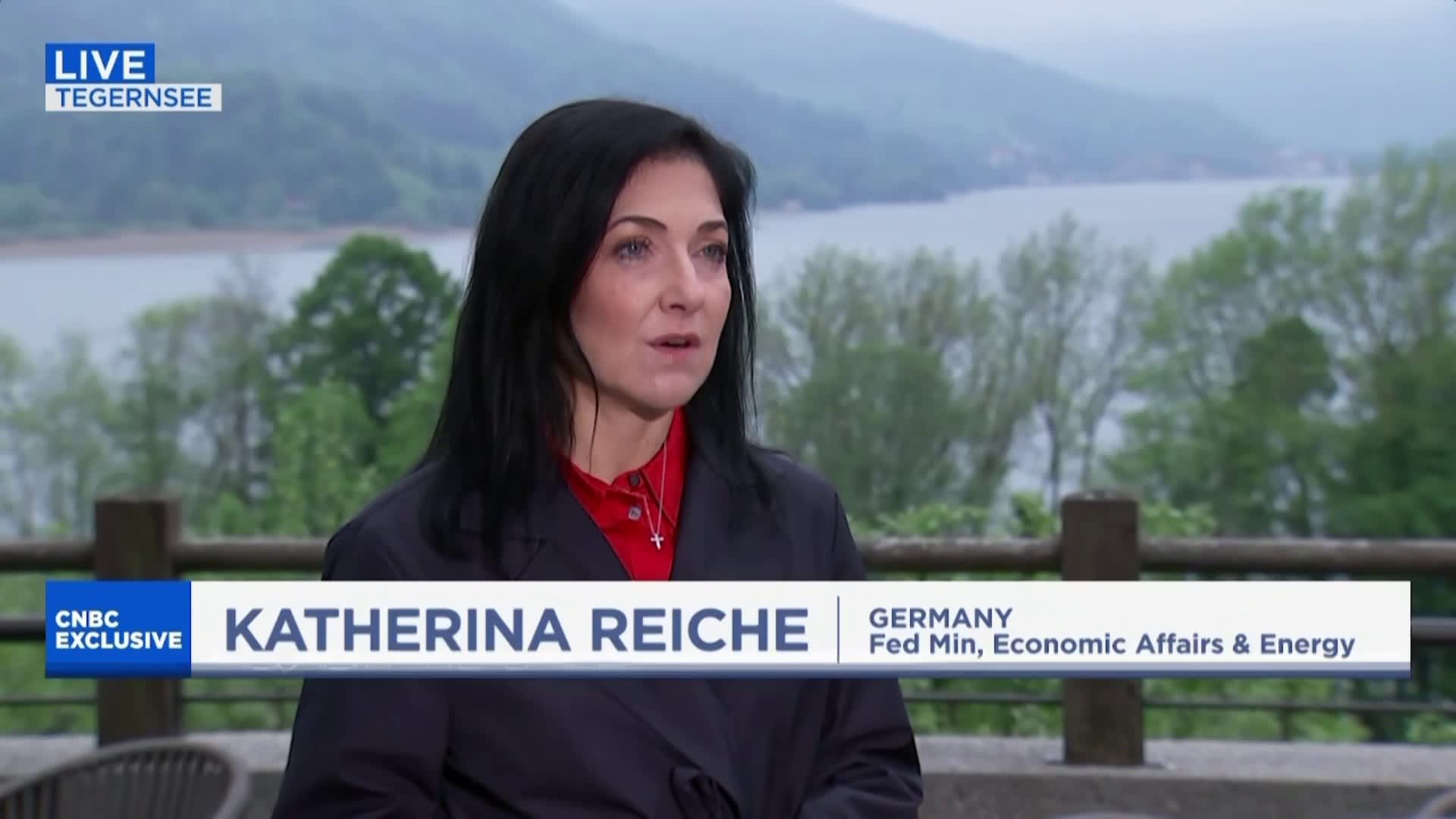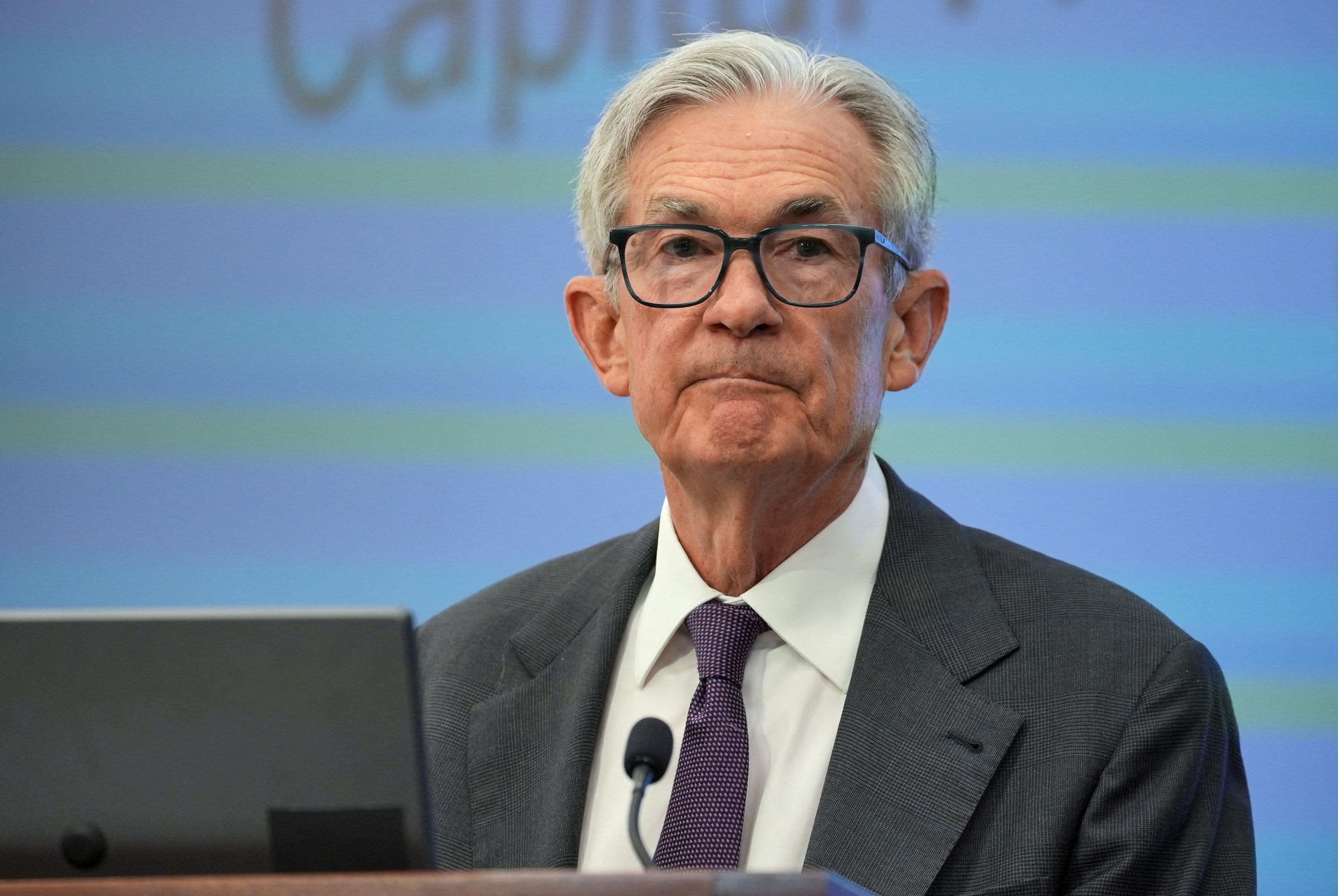June O’Connell, founder and director at Irish gin and whiskey-makers Skellig Six18 Distillery, said U.S. tariffs have hit her business hard this year.
Paul McCarthy | Skellig Six18 Distillery
Along the “last road in Ireland,” on the country’s rugged west coast, June O’Connell’s business Skellig Six18 makes gin and whiskey — a time-intensive process guided by the wind, rain and cool temperatures that roll in year-round off the Atlantic.
America was a natural target market once their first spirits were ready to sell in 2019, according to O’Connell, given its strong familiarity with Ireland and big appetite for premium drinks. As an independent supplier, negotiations with distributors, marketers and retailers took more than a year, and her first products left County Kerry in November 2023 for a U.S. launch in early 2024.
Then the political tide started turning in the White House.
“Once it became clear which way things were heading, people were trying to get a lot of product stateside ahead of tariffs. We did do some of that, but now warehouses are full, importers are saying don’t send any more, and it’s only the big customers who are getting priority,” O’Connell told CNBC.
Bottles of Irish whiskey at a store in Corte Madera, California. The U.S. is a key market for EU-made spirits, accounting for 20-40% of exports for most producers.
Justin Sullivan | Getty Images News | Getty Images
Since the start of the year, President Donald Trump’s unpredictable tariff announcements have been roiling businesses of all sizes.
The European Union in particular has drawn Trump’s ire for its 198 billion euro ($231 billion) trade surplus in goods with the U.S.
He argues tariffs are needed to create a more balanced relationship; EU officials, however, argue that trade is more even across goods, services and investments, and have pledged to increase oil and gas purchases to narrow the gap.
Last weekend, Trump announced he is planning to hit the EU with a blanket tariff rate of 30% from Aug. 1, after last-minute negotiations failed to produce a framework deal. Huge uncertainty now hangs over whether an agreement can be struck in the next two weeks, and what details or compromises it might contain.
‘It will be a lose-lose situation’
The Trump administration has already imposed a 10% baseline duty on EU imports, along with higher rates for automotives
The fact that the U.K.’s trade deal with the U.S. maintained a 10% baseline tariff with some sector exemptions has led many to believe that this could be Europe’s best hope. The Financial Times reported Friday that Trump is now taking a harder line in EU negotiations and pushing for minimum tariffs of 15-20%, citing people briefed on the talks. CNBC has not independently confirmed the report.

The EU’s food and drink trade with the U.S. is worth almost 30 billion euros, and trade group FoodDrinkEurope warned this week that any escalation in tariffs — which are generally paid by the importer — would hit European producers and farmers, while limiting choice and driving up costs for U.S. consumers.
Even the 10% U.S. import tariff imposed in April has been a blow to business, Skellig Six18’s O’Connell said, with the final price impact on the consumer being much higher once additional costs have been passed up the supply chain.
“In terms of pricing, 30% [tariffs] would be untenable. The whole situation definitely stifles your ambition stateside,” she added.
For Franck Choisne, president of French distillery Combier, a 10% tariff has been just about manageable. Founded in 1834, Combier is best known for making the liqueur triple sec – used in margarita cocktails – and the U.S. represents around 25% of its overall sales.
France’s Distillerie Combier, which produces spirits including triple sec. President Franck Choisne says a 30% U.S. tariff could halve sales to the market.
However, Choisne notes that the 10% tariff comes on top of a hit from the currency market. A weaker U.S. dollar this year has made it more expensive for the U.S. to import foreign goods, an additional dampener on demand.
A 30% tariff, plus exchange rate effects, would mean an overall rate of 45-50% is reflected in final consumer prices, he said, a level that could halve his company’s U.S. sales.
“We understand President Trump wants a better balance between imports and exports, but at that 30% level then of course the EU will respond, trade will be hit and it will be a lose-lose situation,” he said.
U.S. exporters of products such as bourbon would also suffer, a factor Choisne said kept him optimistic that the two sides will eventually negotiate a zero-tariff deal for the spirits industry.
In Italy’s Lombardy countryside, more than half a million huge wheels of Grana Padano cheese roll off the supply lines of family-run business Zanetti each year. The company, which also makes parmesan and other hard cheeses, exports over 70% of its products, and the U.S. accounts for 15% of total turnover.
A shopkeeper holds a Grana Padano Italian cheese inside a supermarket on April 17, 2025 in Turin, Italy.
Stefano Guidi | Getty Images News | Getty Images
According to its president and CEO Attilio Zenetti, the volatility created by tariffs this year has been unlike any before, with contradictory announcements generating a huge amount of additional admin.
“It gives a lot of uncertainty and does not allow us to organise a real strategy,” he said, bar trying to ship as many products as possible before higher rates potentially come into effect.
Zenetti said that the weaker dollar plus tariffs had already increased the company’s U.S. retail prices by 25%. “Further increases would of course directly reflect again on U.S. wholesale and retail prices and we fear that this will affect volumes,” he said.
Supply chain shifts
For some businesses, mitigating the tariff impact has meant looking at new supply chain options.
Alex Altmann, partner at accounting firm Lubbock Fine and VP of the British Chamber of Commerce in Germany, said that some EU manufacturers were considering moving their assembly lines to the U.K. to try to take advantage of its existing 10% agreement. In doing so, they must navigate the complexity of “rules of origin” that determine the source of a product for tax purposes.

Altmann gave the example of a German kitchen appliance manufacturer with strong demand in the U.S. The company sources most of its materials cheaply from Asia and imports them into the EU at a low tariff rate. It is not too difficult to then shift the final assembly process to a factory in the U.K., he said, to benefit from a 10% — instead of a potential 30% — tariff on products as they enters the U.S.
“We might not be facing these big tariff differences for a long time, but even if you cash in for a few months it’s quite significant money,” he added.
Elsewhere, big corporations are considering shifting at least some manufacturing to the U.S. German industrial giant Siemens, for example, told CNBC it had taken steps to localize manufacturing, and engineering group Bosch likewise said it was prioritizing a local-for-local model as it looks to expand its North America business.
However, for Skellig Six18’s O’Connell, moving production is not possible. That’s because the production of “origin protected” items — like an Irish whiskey, Italian parma ham or French champagne — can’t be moved elsewhere.
Instead, O’Connell’s is focusing on new potential markets in Asia, Africa and Latin America, but noted the difficulty of doing so in places without solid existing whiskey sales. Combier distillery’s Franck Choisne, meanwhile, pointed out that becoming established somewhere new is resource-intensive, costly and could take years. In other words, it’s no easy fix for a decline in U.S. sales.
“At times like this I just try to remember that I’m in an industry that’s nearly 700 years old, requires patience and reminds you that things don’t last forever,” O’Connell said. “You just have to keep controlling the controllables.”
— CNBC’s Sam Meredith contributed to this story.










